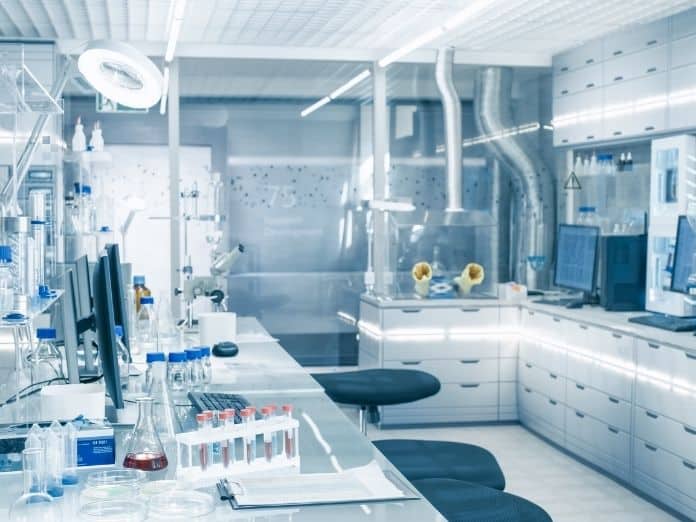Whether you work in a medical or a research lab, there is not a lot of room for error. This is because even minute miscalculations or inconsistencies can have a substantial impact on people’s health and safety, and thus, it’s imperative to minimize the potential for error in your facility as much as possible. For tips on how to do so, consult this guide on effective ways to minimize error in a lab.
Make Sure Your Equipment Is in Tip-Top Shape
A common type of error that occurs in labs is instrumental error. This form of error refers to an issue or inaccuracy with the laboratory device used. To prevent this error from occurring, it’s important to invest in high-quality laboratory equipment and make an effort to maintain it properly. In addition to cleaning your lab equipment regularly, inspecting it frequently, and having it calibrated properly, you should consult the device’s owner’s manual for more detailed instructions on how to care for it.
Implement Ample Training
Another effective way to minimize error in a lab is to properly train all laboratory staff. Many miscalculations and accidents in labs result from human error. While human error is highly common in labs, it is also very avoidable. To prevent accidents and mistakes from occurring, make sure to provide ample training to all laboratory staff regarding proper processes, procedures, and equipment use.
Keep Your Lab Environment Consistent
Inconsistencies in the laboratory environment can also skew experiment or test results. To minimize the potential for error in your lab, try to regulate and control environmental factors such as the temperature in the room, the amount of pressure, and the level of moisture in the air.
Include Detailed Labels on All Samples
Simply including detailed labels on all lab samples can also significantly help reduce error. When conducting an experiment or test, it’s essential to know exactly what each sample is, as using a sample that has uncertain contents can pose a significant risk for error.
However, poor labeling can cause samples to get misplaced, thrown out, or utilized incorrectly. To prevent such events from occurring, instruct all laboratory personnel on proper labeling practices and ensure that each and every sample has a detailed label.






